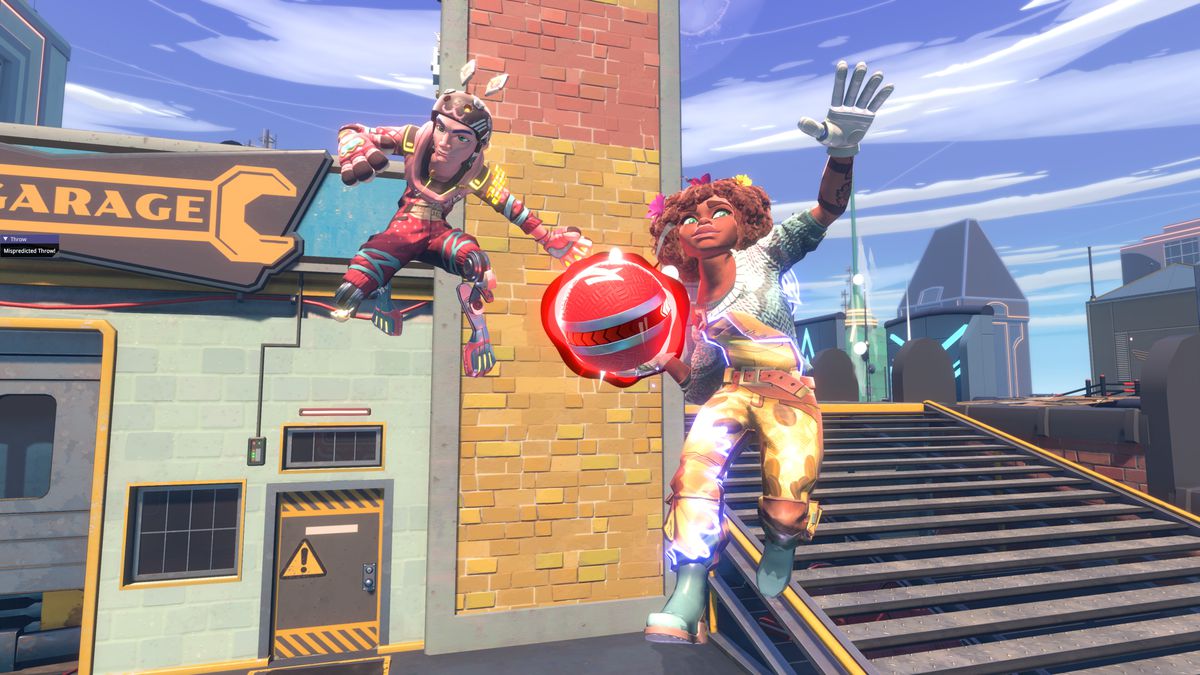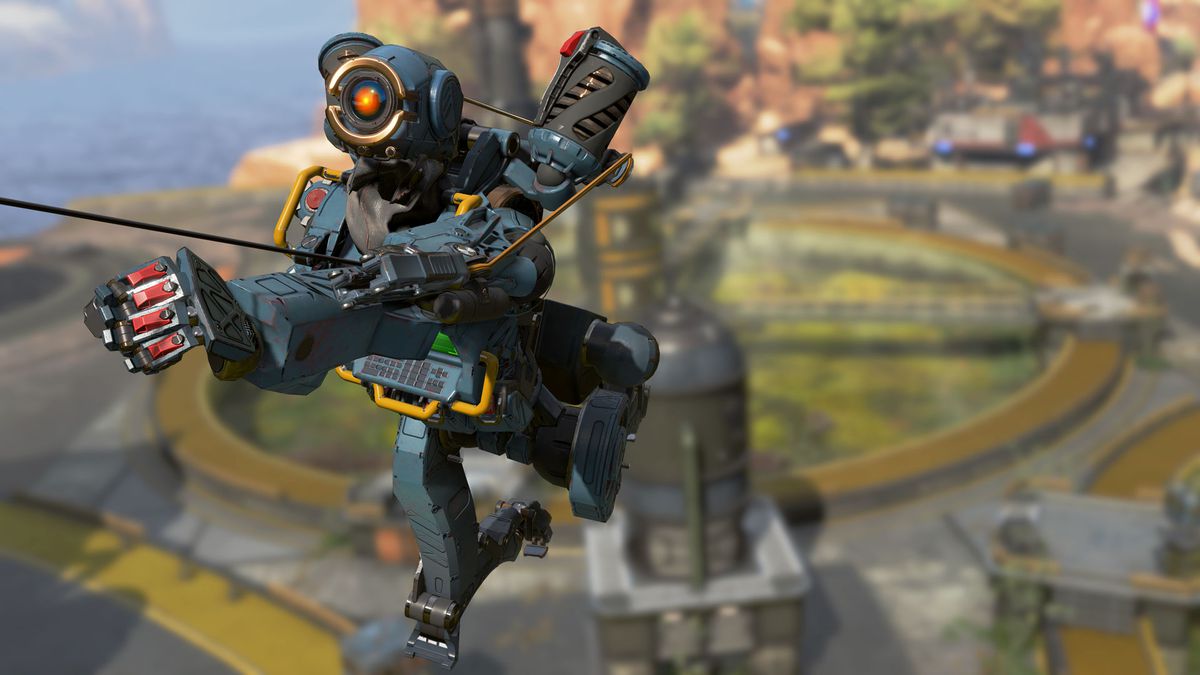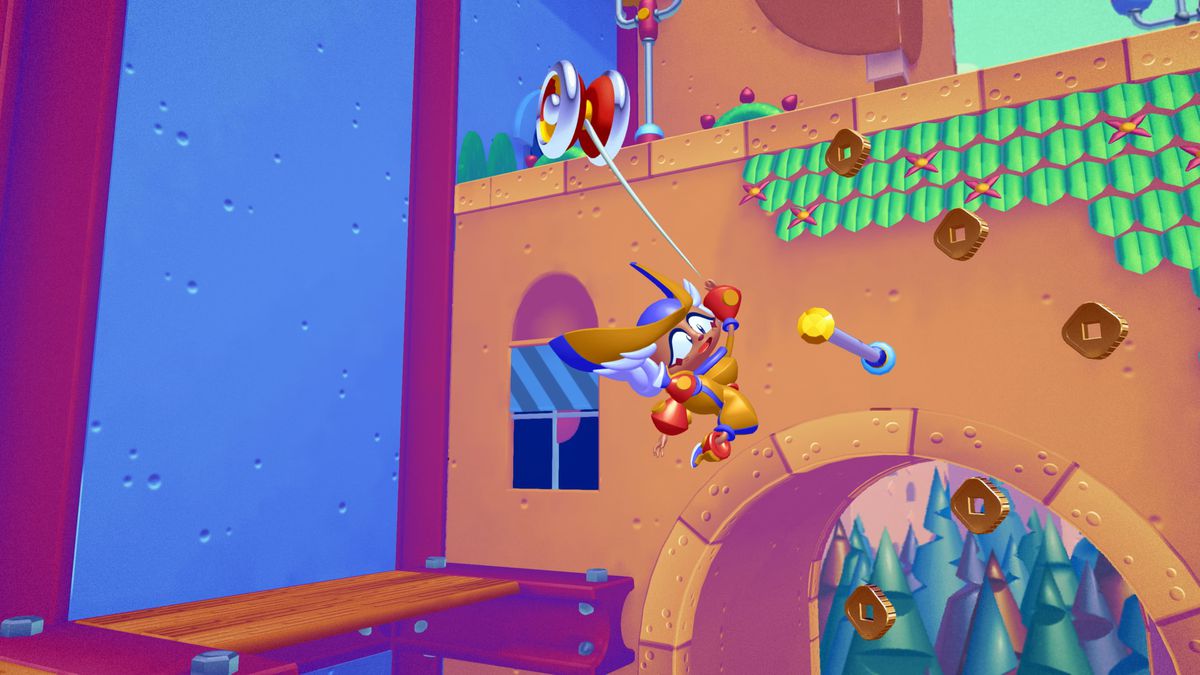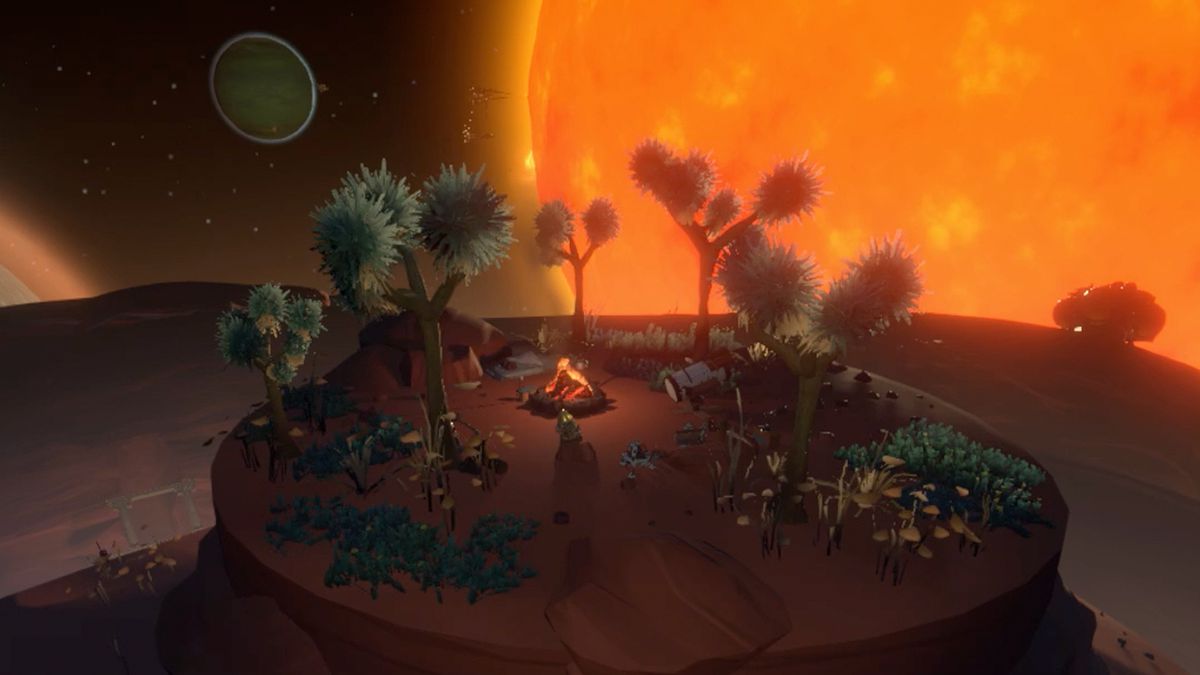Playing games has never been so complex and fun
“Find the fun.” The common refrain of game development can manifest as creating a new game mechanic, the refinement or combination of existing mechanics, or making something simple – like jumping, flying and fighting – feel great. Even falling.
In games like Fortnite, Apex LegendsAnd The Legend of Zelda: Tears of the Kingdom, plummeting from the open air to the hard ground below is an experience. Simulated gravity pulls players down, and the game mechanics allow them to float, spin and flourish as they fall. Simulated air friction can slow their descent, while visual effects such as motion lines and optical illusions help convey a sense of speed. Shooting back up into the sky, whether through bouncy castles or simply the force of a game character’s two legs, is governed by a separate force that should also feel fun.
Gravity is part of the physics engine of every video game, says Chris Winder, lead gameplay engineer at Apex Legends developer Respawn Entertainment. “Into gravity Top is about twice as great as normal gravity on Earth,” Winder said in an email to Polygon. “This, combined with similarly faster jump speeds, is a trick that games use that can make the game feel faster while still staying within the bounds of realism.”
Physics simulation is generally seen as a function of simulation games such as the Gran Turismo series Kerbal Space Programbut Winder points out that “it’s present to some degree in almost every game we play Super Mario Bros. Unpleasant Rocket League Unpleasant Apex Legends.”
Not only can video games manipulate the force of gravity to suit their needs, they can simply ignore it when they want – all for the sake of feeling good, says Jeremy Russo, game director at Velan Studios. His studio’s sports title Knockout city uses a gravity effect inspired by fighting games to make the game feel better. (Interesting, Knockout cityThe gravitational constant takes a different approach Top; it is about half of Earth’s gravity.)
“Something we’re doing both for gameplay reasons and to improve the feel of the game is temporarily removing normal gravity and character speed for certain skills,” Russo explains. In Knockout city, the developer briefly lets your character hover while throwing the ball mid-jump. “The gameplay reason for this is that the throw animation lasts a few frames before the ball is released, so if we continued the player’s full speed up or down, the ball would often be thrown into the geometry. It also just felt wrong, so we based it on some fighting and combat games where players briefly float in the air when they perform a melee attack.”
Russo says: “The extra level of refinement to make this feel right was resetting the player’s speed if they were on their way down, or setting a new, slower speed if they were on their way up, because he was actually hovering at a specific height for several frames. also felt wrong.” His team applied the same methodology, with varying degrees of special adjustments, to many skills, such as catching, running and balling.

“Gravity is a force that pulls things down in every frame of the game,” says Chris Mercado, technical designer at Velan. “The fun comes from deciding where ‘down’ is! (We) can mess around with both the magnitude and direction as much as we want. Some games work with a constant universal down (Super Mario 64), others have a modified spherical gravity (Super Mario Galaxy); Ultimately, gravity works the way developers need to make the game they want to make.”
Those forces go beyond the expected up and down of jumping and falling, Winder said. In Apex Legendsplayers can use bouncy castles and gravity lifts to push themselves up (and then fall). The same physics-based approach also applies to things like grappling hooks.
“There’s a lot that goes into how these elements move players to make them all feel fun and useful,” Winder said. “This can mean accurately simulating the real-world physics of a player shooting through the air or being pulled by a grappling rope, while also allowing for less-than-realistic inputs to this simulation to give players the control they expect.”
Top‘s Legend Pathfinder has a grappling hook that pulls the player towards a grappling point, “but if you look to the sides in a certain direction, a small force is applied so players can ‘curl’ the grapple,” Winder explains.
Respawn similarly obscures another Legend’s ability. “Horizon’s gravity lift applies an upward force to players, but also causes directional input to move into and out of the lift,” Winder said. “There is also a hidden force that sometimes keeps people in the elevator so they don’t accidentally fall out.”

That kind of air control is inherently familiar to players of many games. In Super Mario Bros. and Sonic the Hedgehog games, you can apply force to a character who has jumped to gain better control over their jumps.
“As a developer, some of the things I find incredibly interesting are things that are invisible to most players and that make platforming significantly more usable,” said Velan’s Jeremy Russo. “The most obvious is air control… you can’t change your lateral direction in the air after jumping in real life, but most games give you some degree of control.” Developers are using similar tricks for jumps, Russo said, by having players jump for a few frames after walking off an edge.
“The amount of control the player has while mid-jump is one of the most fun aspects to mess with,” says Doug Applewhite, a programmer and designer. “It’s a surprisingly difficult situation to be in and feeling good, and there are a lot of options you can play with.”
“I think it’s important to realize that the jump is often a player’s first connection with the physics of a game world,” said Hunter Bridges, game director at Penny’s Great Escape developer Avonster. “The jump intuitively tells the player a lot about how the game works, often within the first few seconds of play.”

Bridges explained his studio’s approach to jumping in its 3D platformer, explaining that Evening Star wanted to ensure that the titular character’s jump “happened without start-up delay.”
“Penny leaves the ground on the first frame the jump input is detected,” he said. “Some other games may want to have a few frames of start-up delay to illustrate anticipation, or otherwise better match the jump animation.”
Bridges, who also worked on a 2D platformer Sonic maniasaid crafting jumped into it Penny’s Great EscapeThe game’s 3D space offers a very different challenge than that of old-school side-scrolling Sonic the Hedgehog platforming.
“In 3D games you always struggle with the fact that your 3D scene is projected onto a 2D screen,” Bridges said. When a game’s 3D camera tilts or rotates, “it becomes difficult to perceive the distance along the camera direction due to the foreshortening.” That’s something 2D platformers don’t have to worry about.
Developers are working around that shortening problem, Bridges explained, by making enemies bigger, making players’ jumps higher, and being more tolerant of near misses in 3D games by messing up collision detection and giving players recovery options. (“This is where Penny’s Ledge Pull movement came from,” Bridges said.)

One of the most fascinating implementations of physics when it comes to jumping and gravity is the way Mobius Digital’s space exploration game works Outer Wilderness takes care of the simple act of jumping. Not only the player’s movements must be taken into account, but also the physics of a small solar system.
“In video games you have to keep the camera close to the center of the world’s coordinate space, otherwise everything starts shaking,” he explains. Outer Wilderness co-creator Alex Beachum in a 2020 documentary about the game’s creation. “So we have to keep the player close to the mathematical origins of the world. (…) But since (in) ours everything moves relative to each other, I ended up doing the following: every time we apply a force to the player, we simply apply an opposite force to every physical object in the world is currently simulating that.
“So if you jump in Outer WildernessTechnically, every planet jumps out from under you, and you more or less don’t move. It works,” Beachum said, “and we haven’t changed it.”
Beachum’s solution for solving a complex mathematical problem by simulating jumping Outer Wilderness was introduced out of necessity, but also serves a higher purpose: finding pleasure.
“A player’s intuition about how gravity should work is generally more important than reality,” Mercado said. “That’s why most space combat games have air friction and terminal velocities! Ultimately, we create fun interactive media, so our physics should facilitate that fun.”
